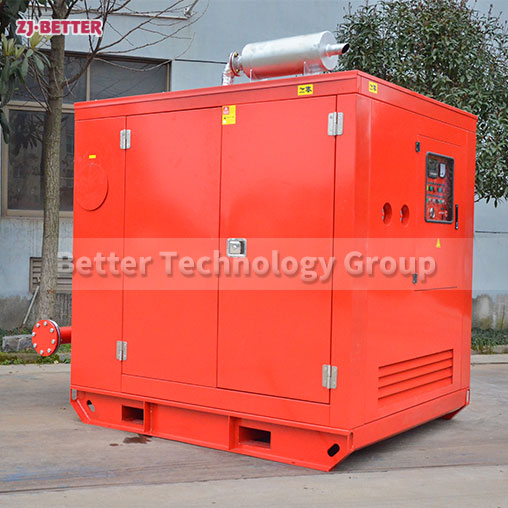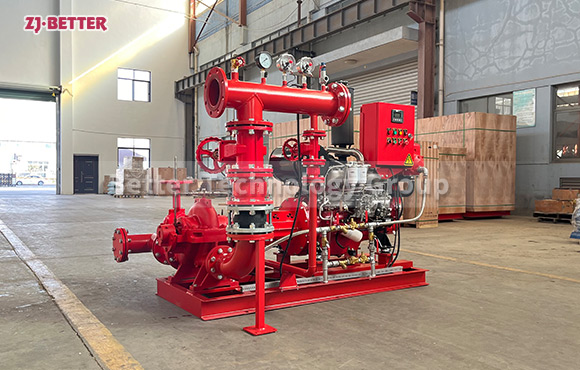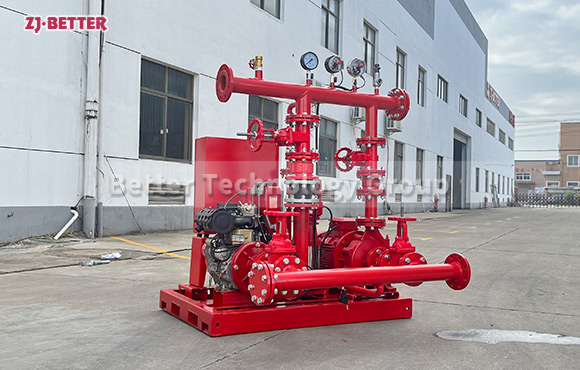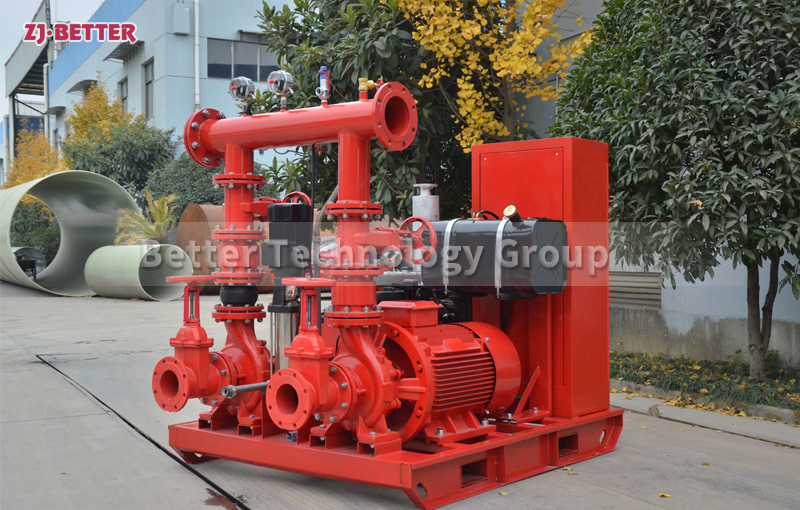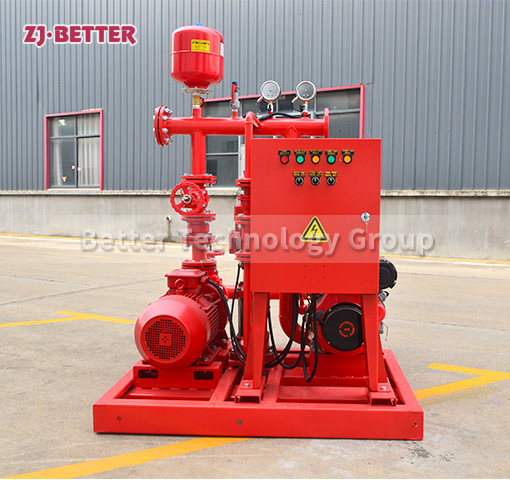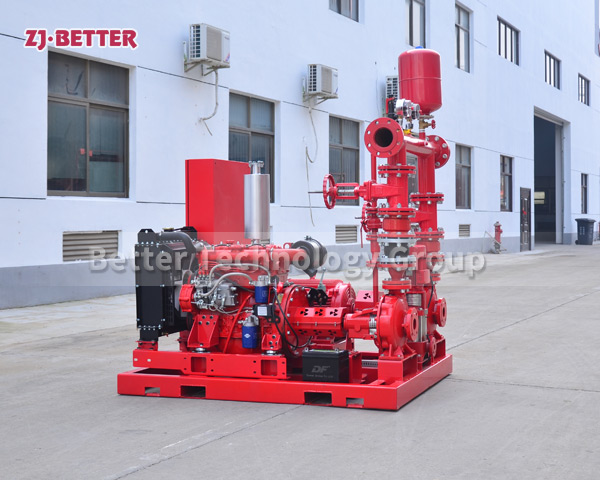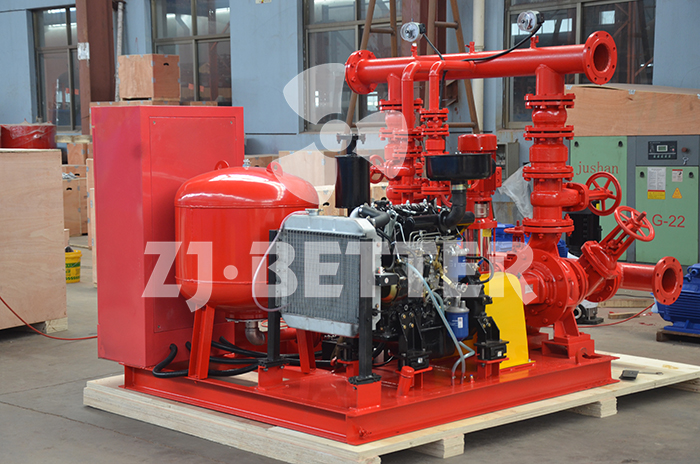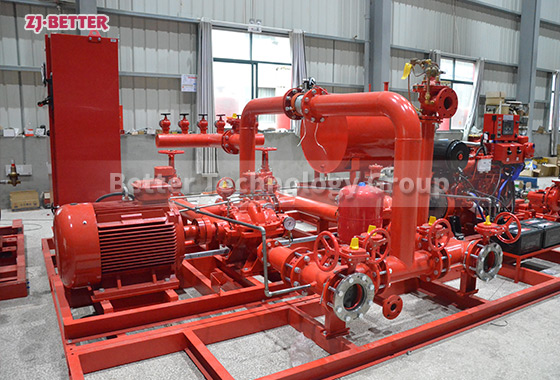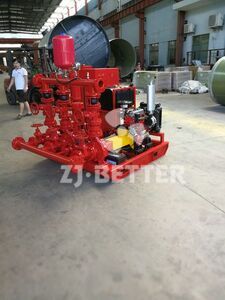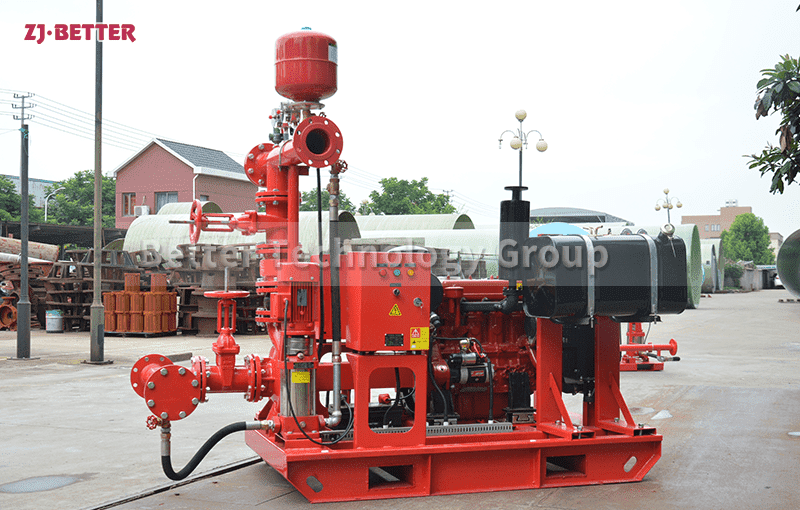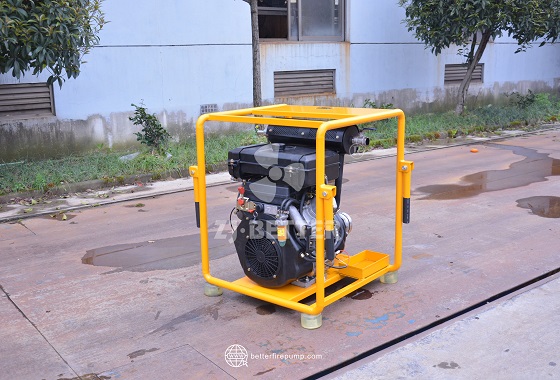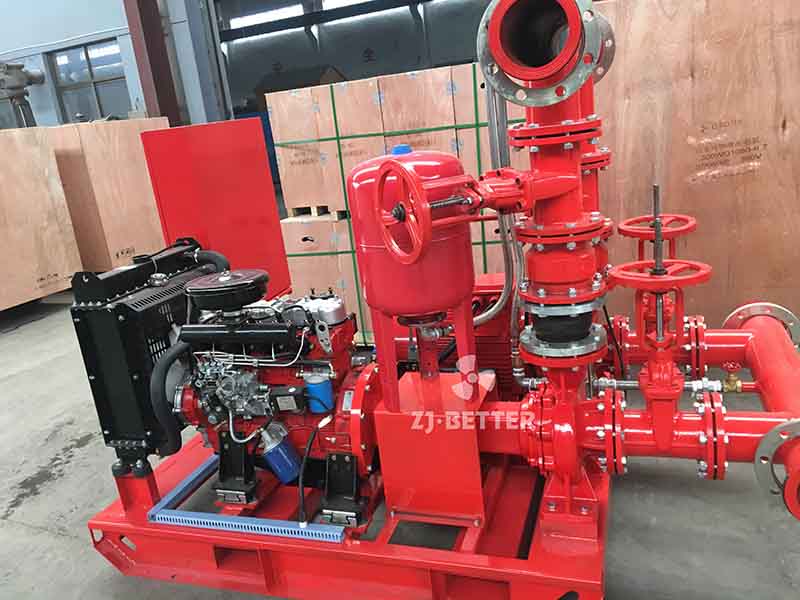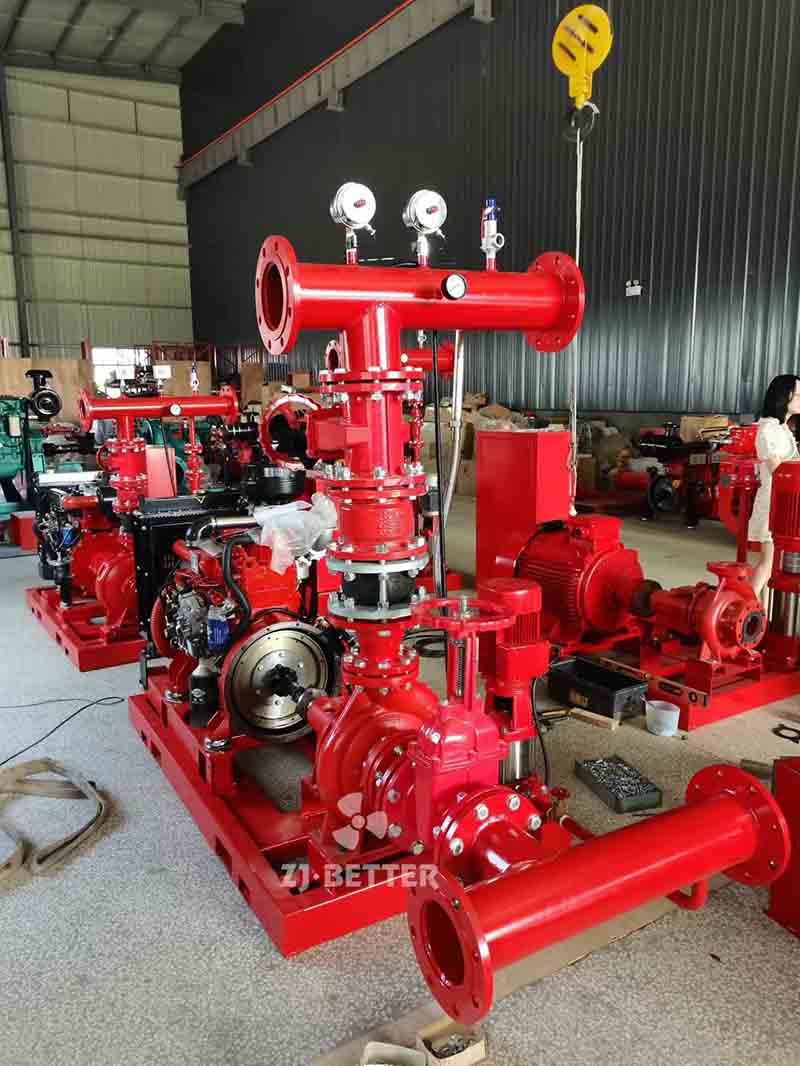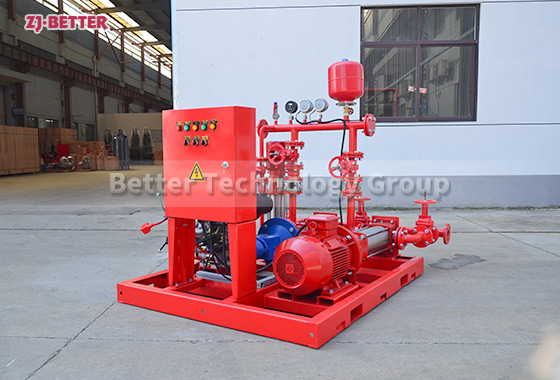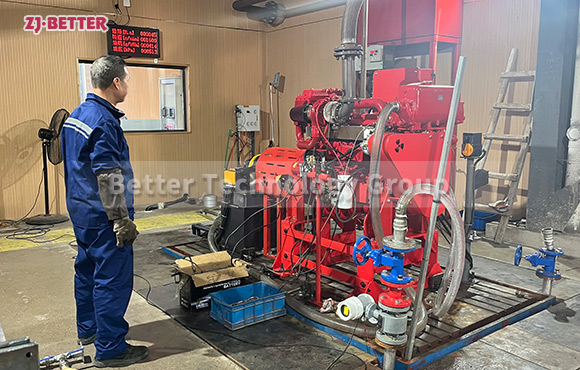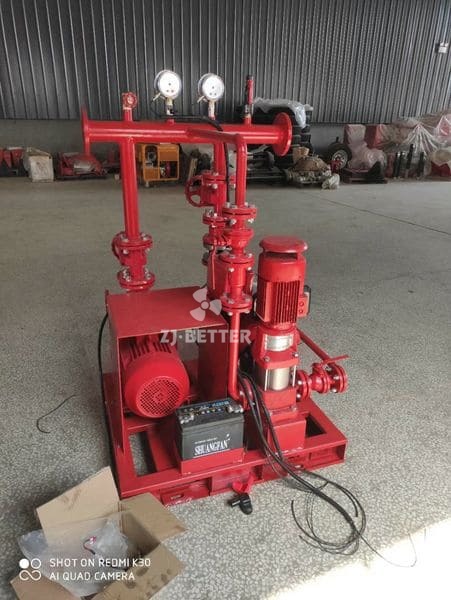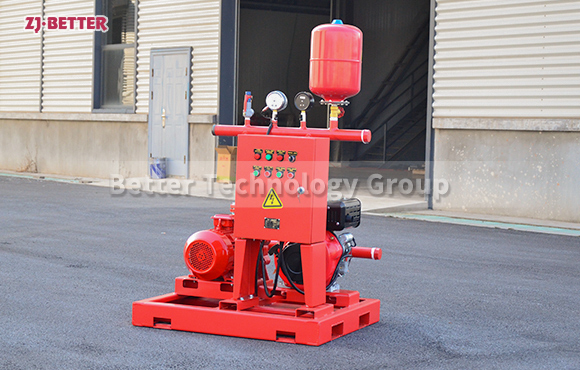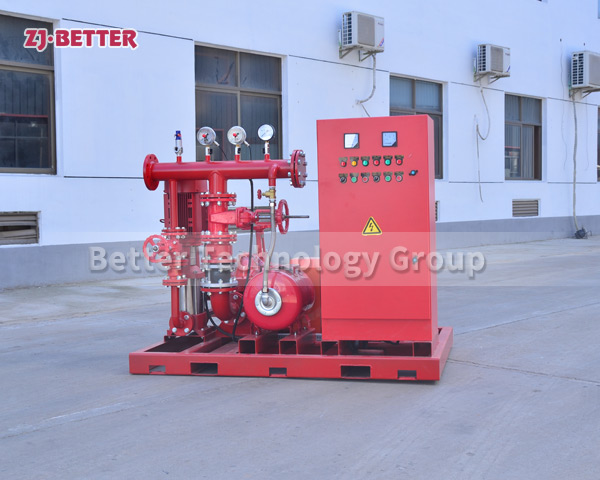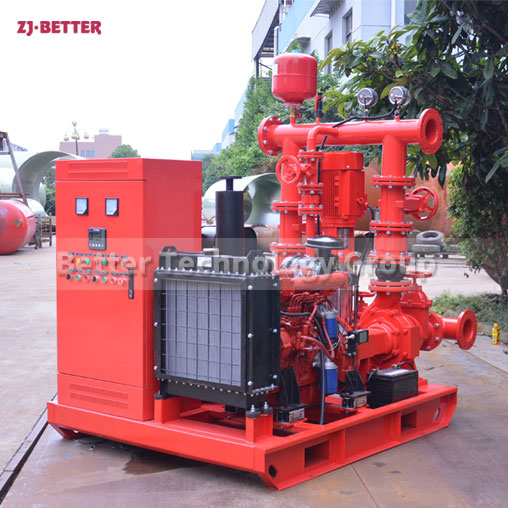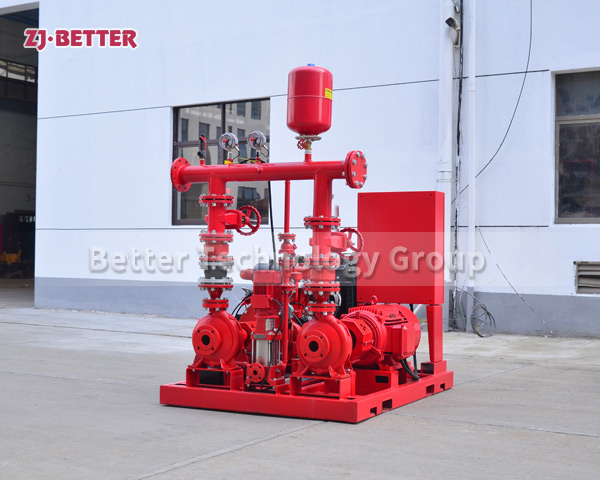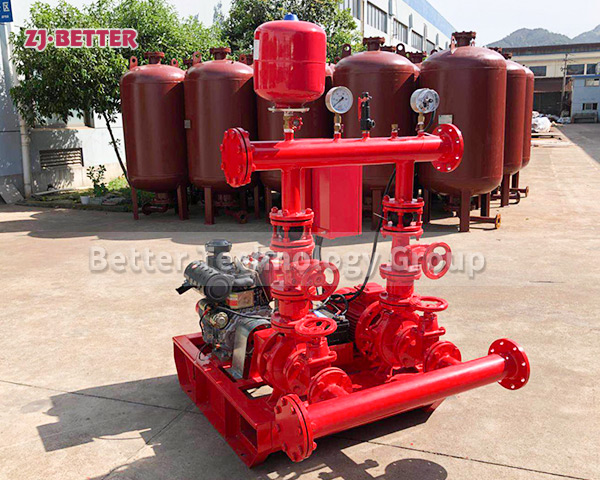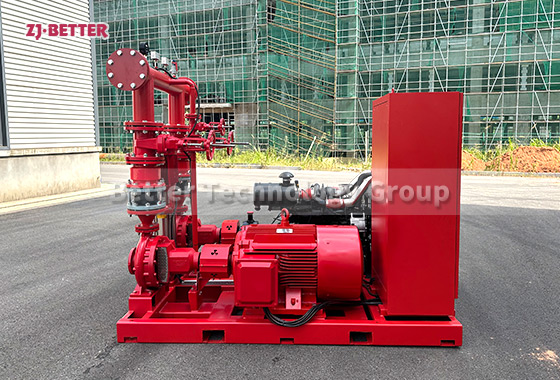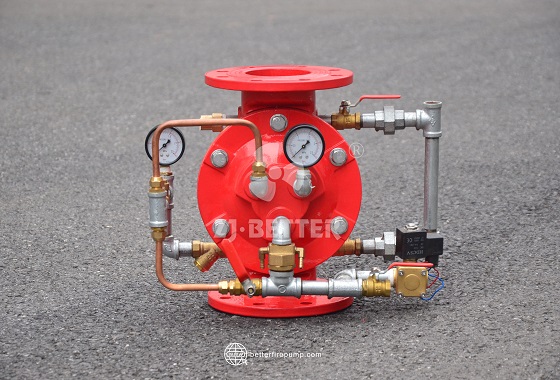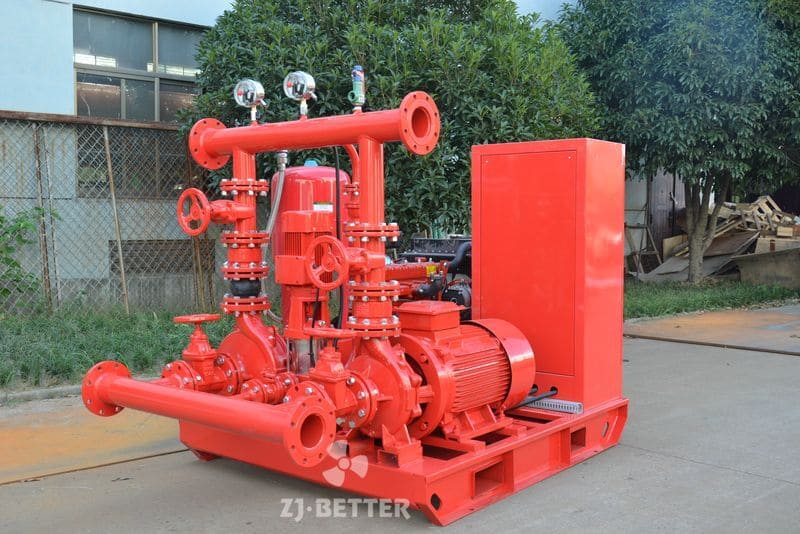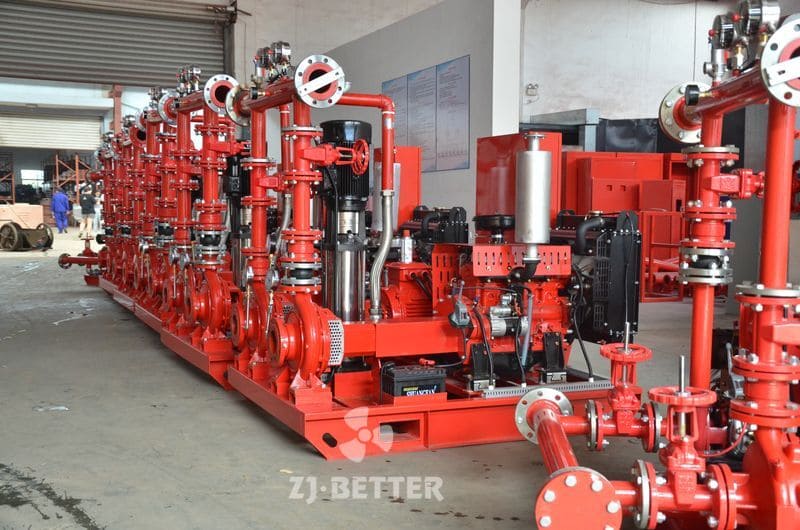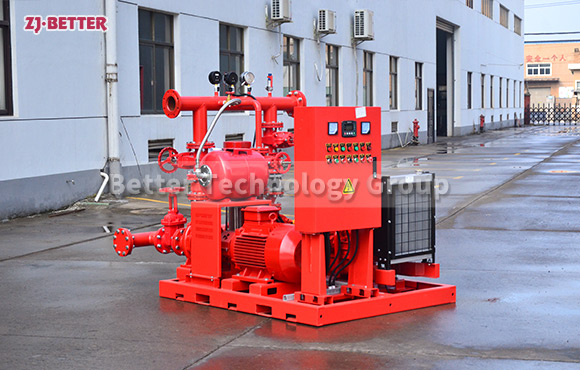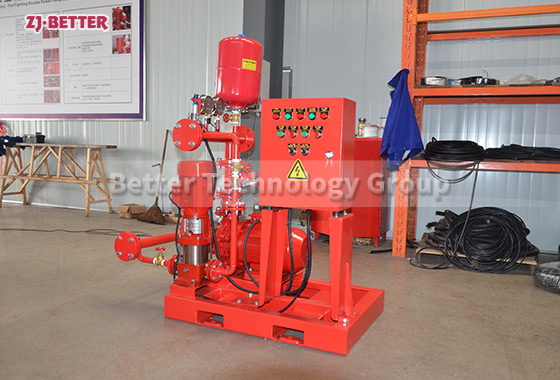Installation requirements for fire pumps
An anechoic check valve, control valve and pressure gauge should be installed on the discharge pipe of the fire pump; a pressure gauge and pressure switch should also be installed on the total discharge pipe of the system; a buffer device should be added when installing the pressure gauge. A cork should be installed between the pressure gauge and the buffer device; the pressure gauge range should be 2 times to 2.5 times the working pressure of the system when there is no design requirement.
An anechoic check valve, control valve and pressure gauge should be installed on the discharge pipe of the fire pump; a pressure gauge and pressure switch should also be installed on the total discharge pipe of the system; a buffer device should be added when installing the pressure gauge. A cork should be installed between the pressure gauge and the buffer device; the pressure gauge range should be 2 times to 2.5 times the working pressure of the system when there is no design requirement.


